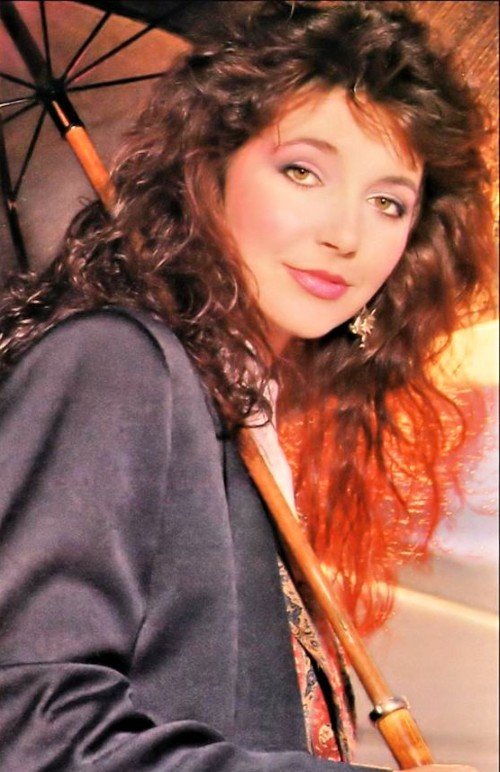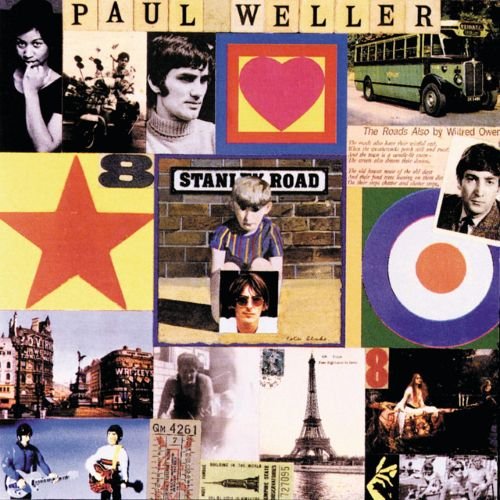FEATURE:
Out of Ctrl
PHOTO CREDIT: cottonbro studio/Pexels
Women's Sexual Liberation and Revolution Against the Dangers of Online Porn
__________
THIS is something I have wanted to…
PHOTO CREDIT: Tim Gouw/Pexels
write about for a while but I know it is not really connected to music. I guess, in the sense that it could apply to women in music. However, it is a more general feature that seems very timely. In terms of sexual revolution and liberation, especially for women, there is this danger that is threatening that. I am not suggesting that we should embark on a new Summer of Love and there should be this sexual revolution – or maybe there should be. However, in terms of a huge threat facing women at the moment is the way boys and young men are discovering sex. The way they learn about sex. Rather than them seeking out ethical pornography or something that, in its way, sets a good example and is a safe and natural representation of sex, they are viewing sites where women are seen being strangled, assaulted and in a very submissive role. This exposure is hugely influential and unsettling. If boys and young men are viewing this – some are children when they are seeing this -, that is how they think they should act. I have recently read Caitlin Moran’s What About Men?. She discusses her conversations with boys and men and their exposure to online pornography. Especially illuminating when it comes to boys of school age, not only is explicit and violent pornography being shared and widely available, they see it as normal and how they should treat women during sex. There are so many cases of women being killed or seriously injured during sex. I am going to quote from another couple of books that have been talking about a possible sexual liberation and revolution and what is stopping that. How there is this issue with how men (and boys) learn about sex. Their worldview of it. Bolstered by toxic misogynists like Andrew Tate. How he feels women are objects and should be dominated by men. I am going to source from Amia Srinivasan’s The Right to Sex and CTRL HATE DELETE: The New Anti-Feminist Backlash and How We Fight It by Cécile Simmons.
A subject explored by other feminist writers – including Laura Bates in books like Misogynation: The True Scale of Sexism and The Guilty Feminist by Deborah Frances-White, it will also be covered in books like Laura Bates’s The New Age of Sexism: How the AI Revolution is Reinventing Misogyny -. it is not often explored by journalists. As a music journalist, maybe I am not the most qualified or appropriate person to write about it. However, having read some very powerful books where the clash of sexual liberation and freedom against the effects of online pornography and how that can be a danger to women, I wanted to cover it. I want to start out with some observations from CTRL HATE DELETE: The New Anti-Feminist Backlash and How We Fight It. Right near the start of the book, Cécile Simmons talks about the role of incels (involuntary celibate) and their influence on young men. This is an online community bonded by their “inability to find a sexual partner, their resentment towards women and their entitlement to sex”. It is written about misogynist terrorism – cases of incels who visit websites where they vent their hatred of women then go out and commit acts of violence and murder against them – and how it is underestimated by law enforcement. Visits to incel forums have risen and, in terms of law categorisation, attacks by incels on women not seen as terrorism. In a lot of cases, the narrative is shifted from the violence and vileness of the men and their actions are somewhat watered-down. Emphasis on their mental health struggles. Police and government claiming these attacks (which are largely against women) are not gender-specific. One of the most dangerous aspects of incel forms is how some men will adopt hardmaxxing, which can include taking steroids and getting plastic surgery to look a way in which women find them desirable. Many also advocate for “rapepill: raping women as a remedy to one’s sexual frustrations”.
PHOTO CREDIT: Alex Green/Pexels
At a time when women should feel safe and there should be this revolution and explosion of sexual freedom and liberation, will this ever be possible? Many women feeling unsafe during sex. Girls exposed to sexual violence from boys at a very young age. In Th Right to Sex, Amia Srinivasan talks about that “porn came to serve, for feminists of an earlier generation, as a metonym for ‘problematic’ sex in general”. One that was sadomasochistic and was not designed for women’s pleasure. Most interestingly, Srinivasan writes how pornography wasn’t just a contested question in a new political movement. It was a “lightning rod for two conflicting views of sex”. There is an ‘anti-sex’ view that that sex as we know it is a patriarchal construct.. How there cannot be liberation in any true sense until there is a “revolution in relations between men and women”. The ‘pro sex’ view is how women should be able to have sex with whomever they like, however they like, without threats, shame, stigma or abuse. There is a big ‘pro sex’ consensus and adoption among modern feminism. However, there is this growing threat of the ‘anti-sex’ voice. They feel that sex needs a “revolutionary transformation”. Second-wave feminists protested against pornography in the late-1960s. When they were striking against pornographic magazines and movie theatres. By the mid-1970s, “feminists began to identify porn as the lynchpin of patriarchy”. There have been anti-porn groups and movements through the 1960s, 1970s and beyond. Many pro-porn feminists argued that these women (anti-porn) were overestimating the power and impact of the medium. The real fear is that porn, true then and especially now, is that is not only depicts the subordination of women. It makes it real. Students feel porn on the Internet is often aggressive and disturbing. It is about submissiveness (by women) and domination (by men). Students understanding that pornography’s role in the modern world is potent and widespread. How girls and young women would advise boys and men that there is feminist and ethical porn. But this is not what they are fed and exposed to. It is somewhat utopian to many to imagine consensual and loving sex, rather than this ideology that sex is about violence and risk. The role of incels and radical misogynists.
I have been thinking back to an interview with Caitlin Moran. How she said the next wave of feminism should be able positive, pleasure and joy. Extending beyond that, for women, how sexual emancipation and liberation should be part of the next wave. In terms of modern sexual revolution, there have been recent articles about the pros and cons. This article asks whether men and women are any happier after the promised sexual revolution. This article, re-evaluating the modern sexual revolution has some interesting observations (“The only way the majority of women can get what they want is through a social shaming campaign against the sexually liberated minority — in other words, “slut-shaming.” But Perry offers no moral justification for slut-shaming beyond “the majority of us want it this way.” It’s unclear, too, how it would be more effective than when purity culture tried it in the past”). This article reacting to Lily Phillips’s feat of having sex with 101 men in a single day had some striking discussion points (“The sexual revolution is getting it in the neck a lot right now. There’s Louise Perry’s The Case Against the Sexual Revolution. There’s the new cult of prim ‘post-feminist’ women and peculiarly angry ‘post-liberal’ men who basically trace the decline and fall of the West back to all that braless dancing at Woodstock. There are those armies of sun-starved blokes on the internet who say they can’t find a good woman because the sexual revolution turned them all into sluts with sky-high ‘body counts’, when the real reason they can’t find a good woman is because they tweet stupid shit like that”). This article, writing how the sexual revolution has been great solely for men. It is a nuanced, complication and divisive subjects. Whether there is a sexual revolution or there could be. If sites like OnlyFans are a positive force. However, what is clear, is that a sexual revolution should be one with no violence, coercion, force or exploitation. How AI and its role now is creating this new misogyny and sexism. Deepfakes and its evil. It is worth exploring modern sexual revolution and liberation and its multiple sides and discussions. However, I have been thinking about recent books I have read that discuss the power of porn and how it can brainwash or affect boys and men. The images it portrays and how women are treated stands in opposition to this idea of a sexual revolution where women can feel free, safe and alive. Pornographic script does not consider women’s pleasure. Government and police not perhaps taking incel sexual violence and crimes seriously. How women are made to feel violated and unsafe online. More needs to be done. New laws. How misogyny needs to be a hate crime. Topics and ideas that require…
A lot more discussion.



































































